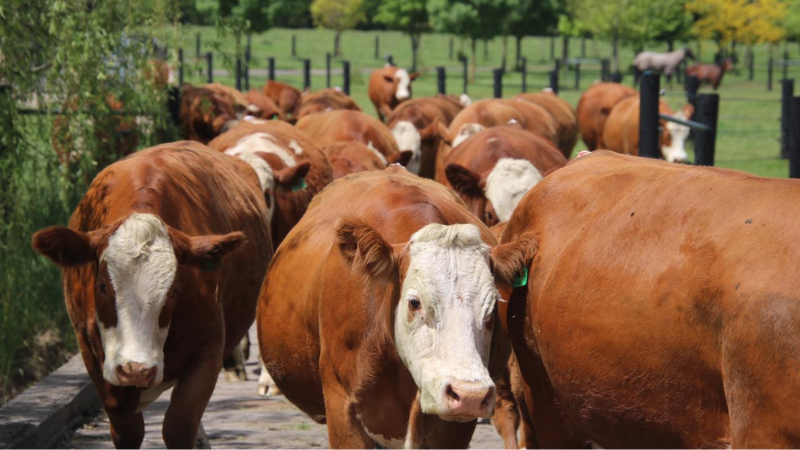by Lynda Atkinson, farmer by Sisters Creek Simmentals
Description
Due to rising temperatures, episodes of drought and altered soil moisture are increasingly frequent. This affects water and energy cycles and land-air interactions, hampering agricultural production.
Practically, seeding is carried out on land that has not undergone any preliminary intervention, this is why this practice is also called “direct sowing”. In fact, seeds are planted in the soil in a single step, with seeders specifically designed to be able to work well on compact soils and with crop residues (sometimes abundant) on the surface.
As a result, efforts have been made to spread the use of no-till drills and different forage strategies. Winter cover crops, with turnips, radishes, legumes are now the standard. Animal rotation is also used more, with manure distribution.
The introduction of a no-till drill has allowed farmers to work with different seed mixes and offered the opportunity to try alternative forage mixes to feed livestock, enhance soil health and combat climate change.
Results
- Increase in organic matter and soil fertility.
- The reduction of soil erosion.
- Increase in yields.
Climate smartness*
This story accurately depicts two relevant elements for sustainable agricultural production. In one hand, practices that promote soil health are relevant not only to properly maintain soil biophysical and chemical characteristics that preserves soil’s long-term fertility. In the other hand, diversification not only in terms of cultivated species, but also the integration of animal production systems that produce synergistic effects in the biodiversity of the agroecosystem. These integrated schemes increase farmer resilience to adverse and severe climatic conditions, while reduce the vulnerability to market fluctuations with implications in farmers’ income. Likewise, the introduction of water efficient irrigation systems and leaky dams contribute to an integrated water management in the system, increasing the availability or efficient use of scarce resources. These climate-smart practices can also entail co-benefits in terms of carbon footprint reductions related to efficient use of energy during planting and irrigation. Therefore, reducing the need of external inputs such as synthetic fertilizers and pesticides (with the implicit energy and emissions from their manufacturing, transportation, application and disposal). These factors could represent detrimental effects in supporting and regulating ecosystem services, such as soil formation and nutrient cycling, pollination and pest and diseases regulation, that may later compromise the viability of healthy and environmentally responsible food production.
*This is done in the framework of climate-smart agriculture (CSA) approach. Climate-smartness in agriculture means understanding impacts of climate change and variability along with the agricultural activity, which includes the planning of what crop to plant, when to plant, what variety to plant and what type of management practices are needed to reduce the impact on the environment (e.g. emissions reduction), maintain or increase productivity (e.g. yields) while increasing resilience and improving livelihoods.


